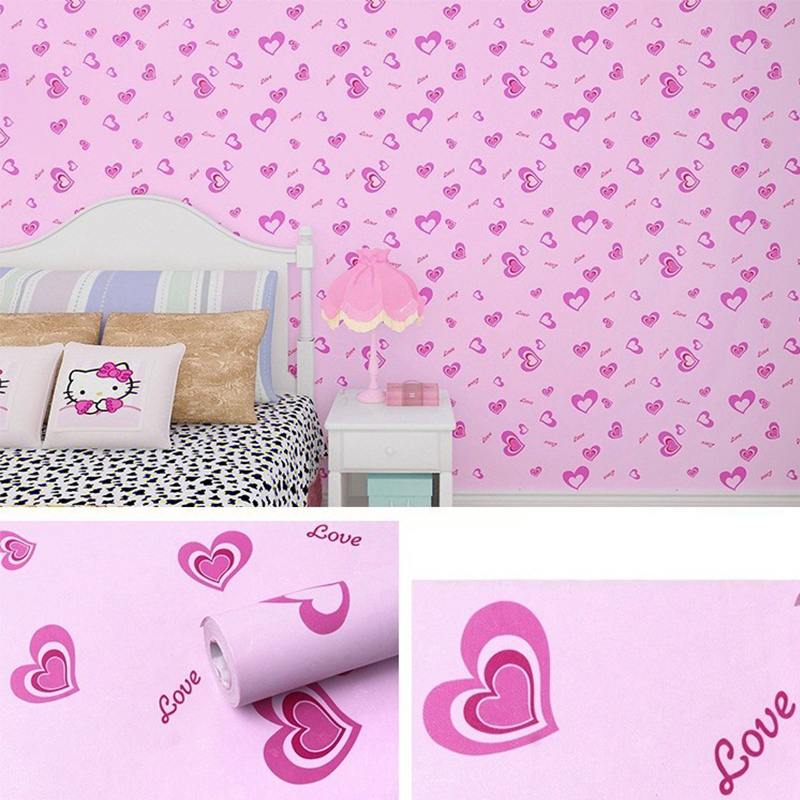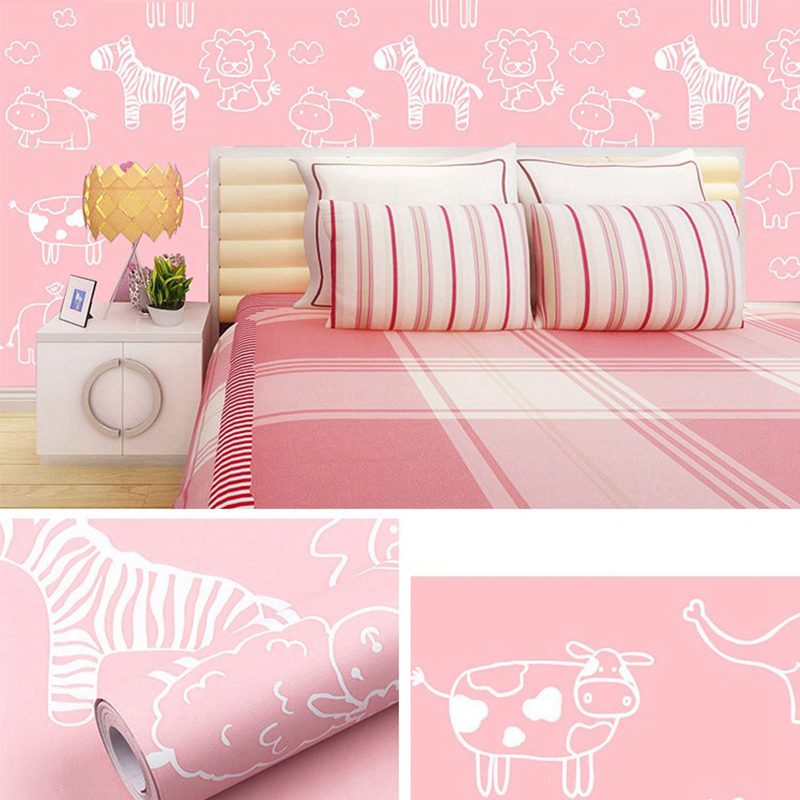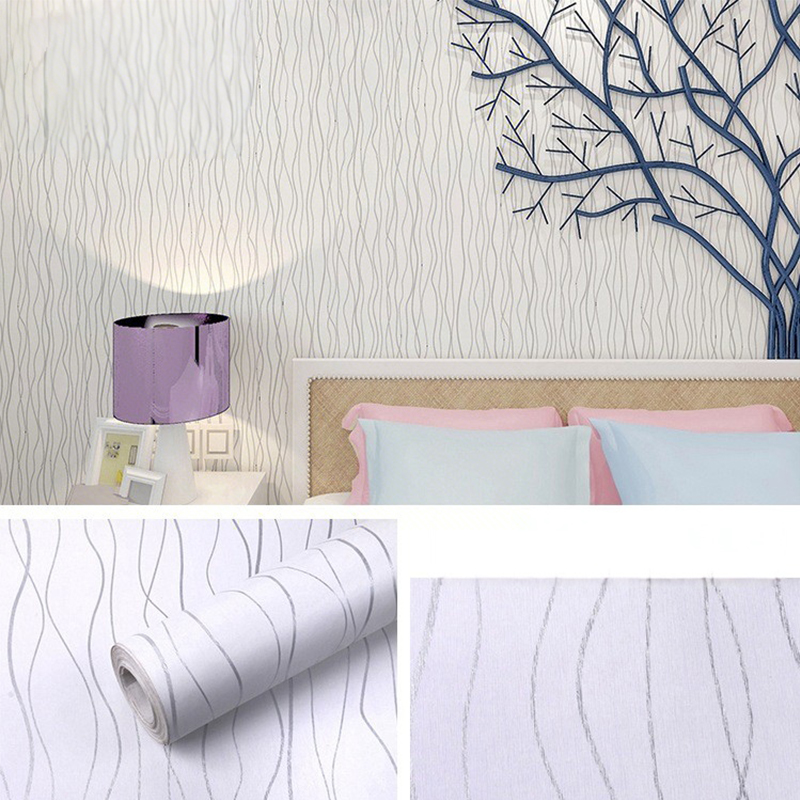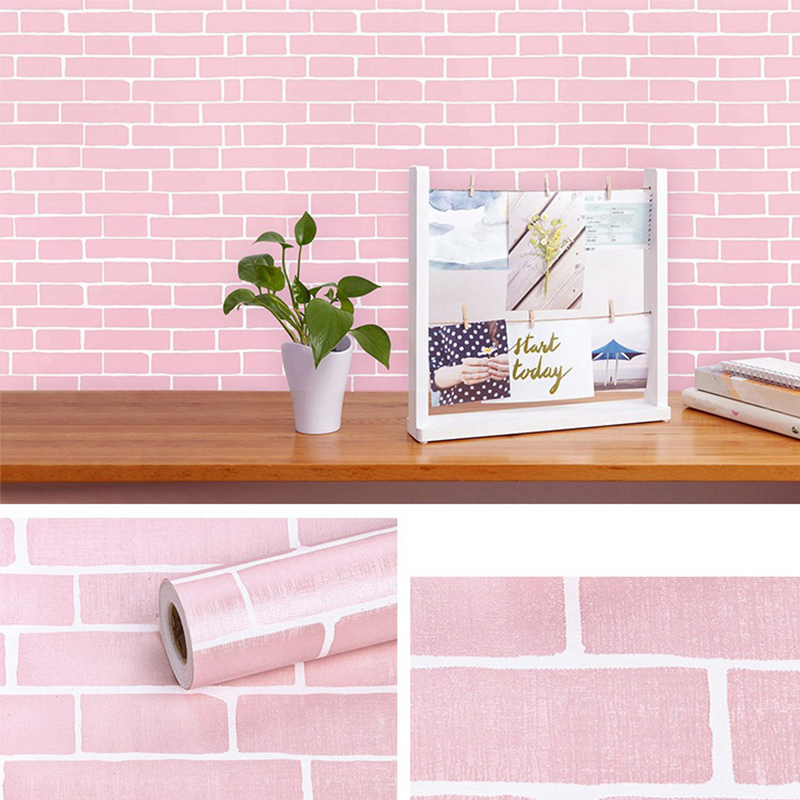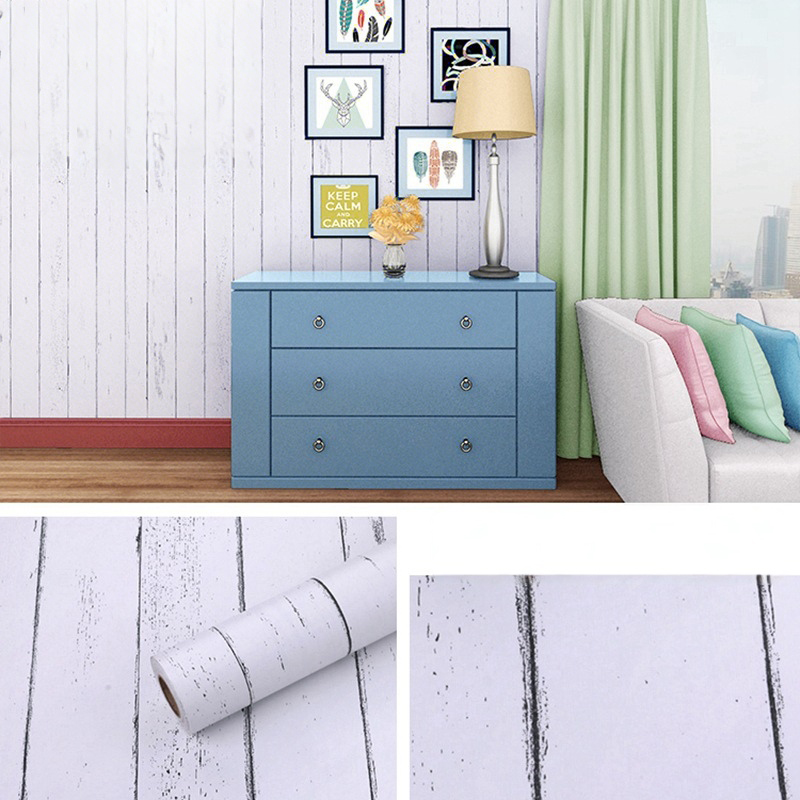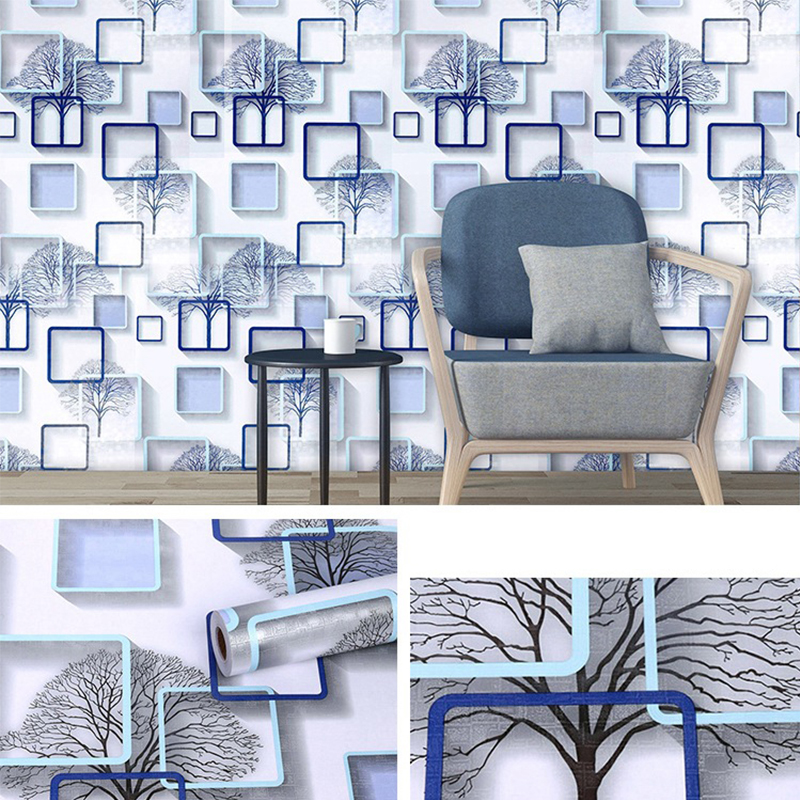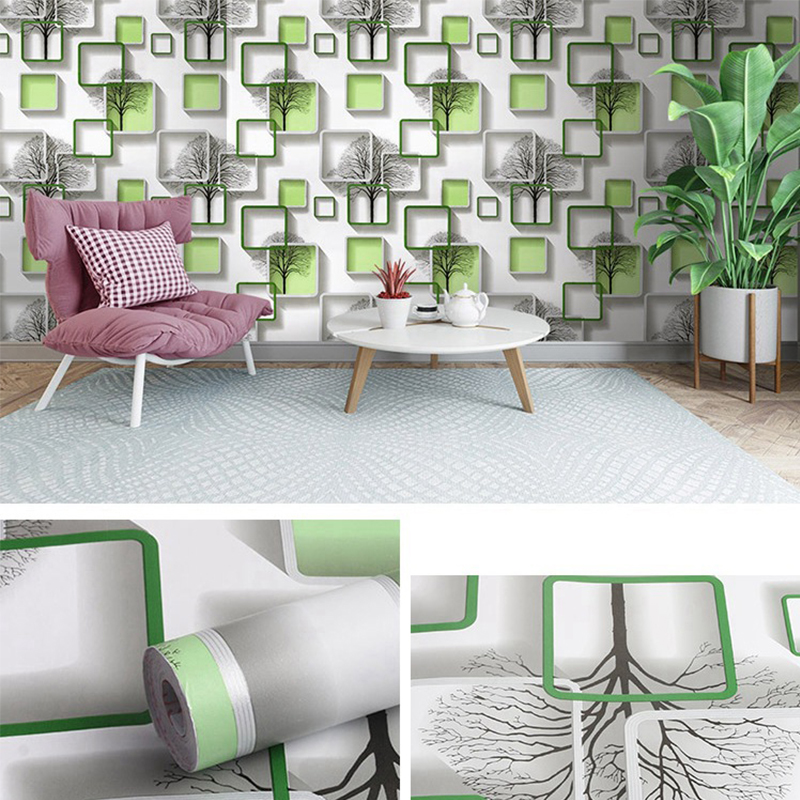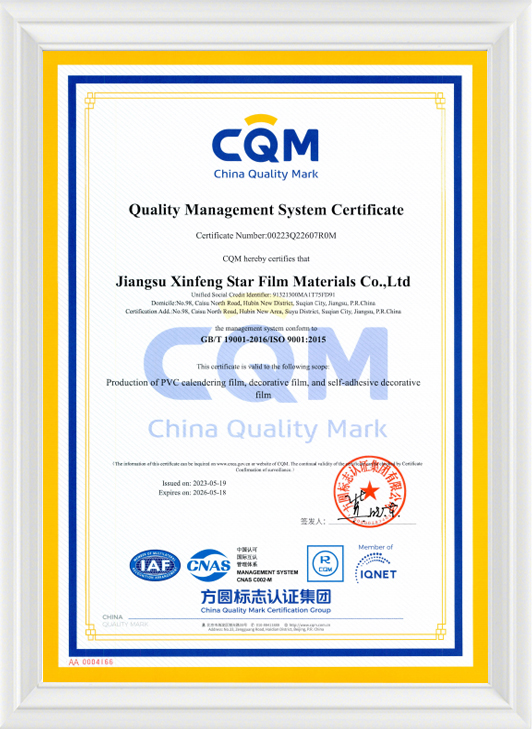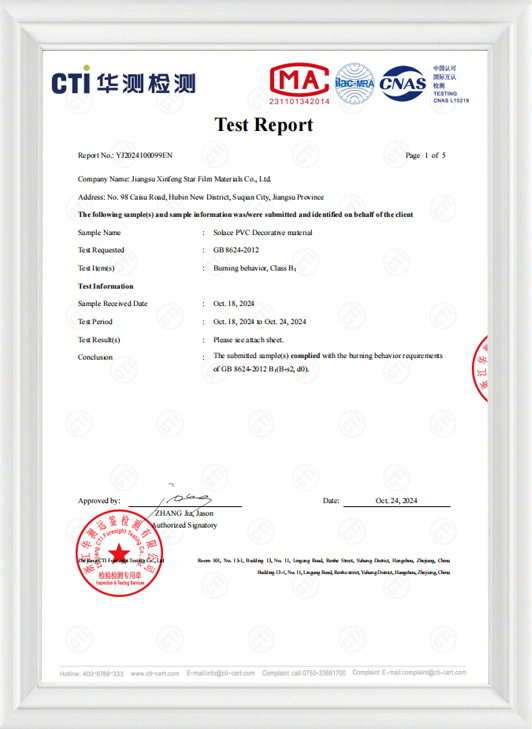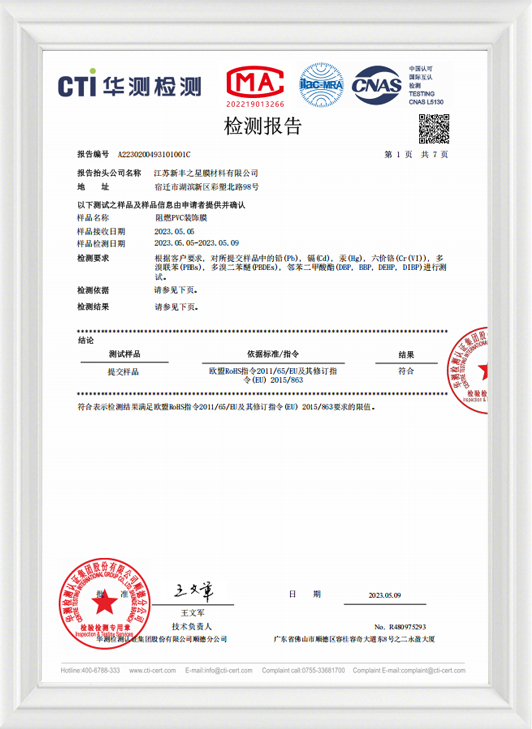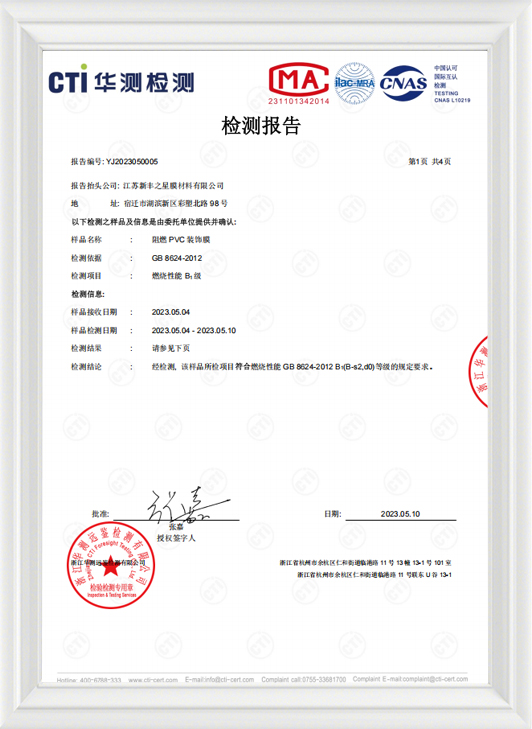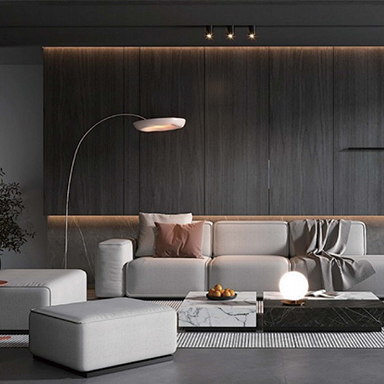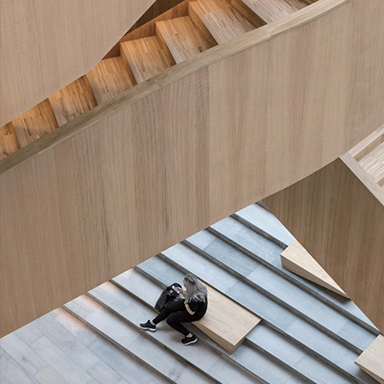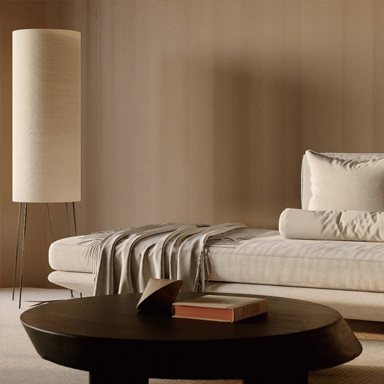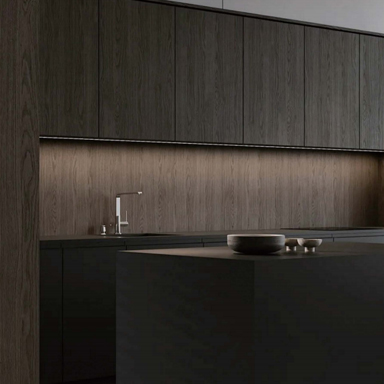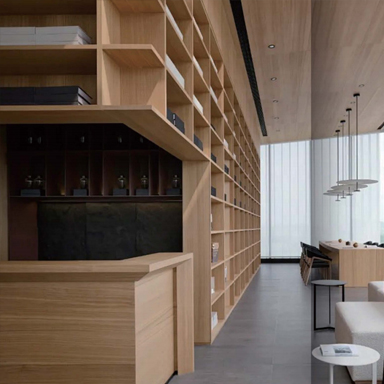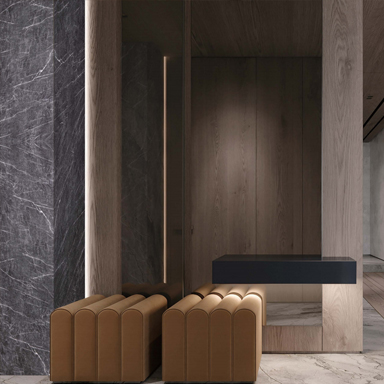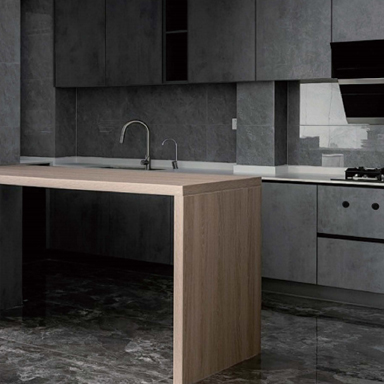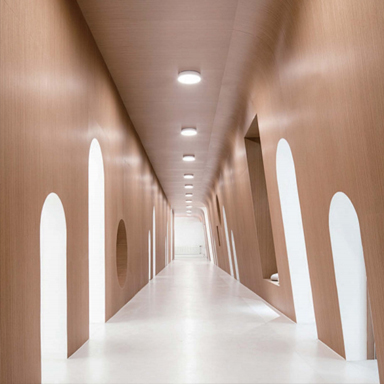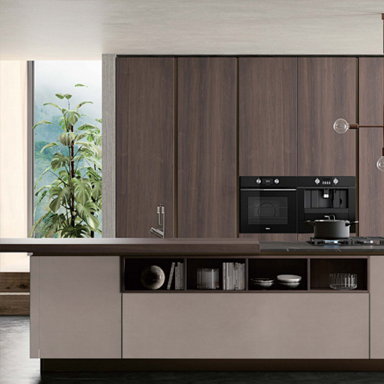Printing PVC Self Adhesive Wallpaper Industry Knowledge Extension
1. What is Printing PVC Self-Adhesive Wallpaper and how is it used for custom designs?
As a manufacturer specializing in printable media, we define Printing PVC Self-Adhesive Wallpaper as a specialized, engineered substrate designed specifically to receive high-quality digital prints, which is then transformed into a durable, self-adhesive wall covering. It is the ultimate fusion of digital printing technology and practical interior design.
Its core structure is a multi-layer composite:
- A Printable PVC Face: This is not a standard vinyl; it is a premium, white, calendered PVC film engineered with a goodly smooth and receptive coating. This coating is crucial for ensuring sharp image detail, vibrant color reproduction, and quick-drying of inks.
- A Pressure-Sensitive Adhesive Layer: Beneath the printable layer, we apply a consistent, high-tack, yet removable adhesive that is compatible with the PVC film.
- A Protective Release Liner: A silicone-coated paper backing protects the adhesive until installation, ensuring it remains uncontaminated and easy to handle.
For Custom Designs, the process is revolutionary:
- Digital File Creation: A designer or client creates a digital image—be it a high-resolution photograph, a graphic pattern, a corporate logo, or a piece of digital art.
- Professional Printing: This digital file is printed directly onto the surface of our PVC wallpaper using large-format inkjet printers (e.g., Eco-Solvent, Latex, or UV printers). Our material is formulated to work seamlessly with these inks, preventing smudging, bleeding, or color shifting.
- Installation: Once printed, the material is treated like any other high-end self-adhesive wallpaper. The release liner is removed, and the custom-printed graphic is applied smoothly to the wall.
This process allows for limitless customization, from a single feature wall with a panoramic landscape to a child's room with their favorite cartoon characters, or a corporate office branded with its unique identity.
2. Can PVC Printing Wallpaper be used with digital or inkjet printing methods?
Yes, absolutely. In fact, it is exclusively engineered for modern digital and inkjet printing methods. This compatibility is the very reason for its existence, and we optimize its performance for common technologies used in the wide-format printing industry.
- Eco-Solvent & Solvent Inks: Our film is a top choice for solvent-based printing. It is chemically formulated to absorb and bind with these inks goodly, resulting in images with exceptional color gamut, durability, and resistance to fading. Once the inks have fully cured (outgassed), the graphic is highly scratch and water-resistant, making it ideal for long-term applications.
- Latex Inks: This is a rapidly growing segment due to its environmental and indoor-air-quality advantages. Our PVC wallpaper is engineered with a heat-stable base that can withstand the curing process of latex printers. The receptive coating ensures that the water-based latex inks adhere brilliantly, producing vibrant, odorless prints that are ready for immediate installation—a significant advantage for fast-paced projects.
- UV-Curable Inks: For the ultimate in durability and color stability, our material is an outstanding candidate for UV printing. The UV inks are cured instantly with UV light, creating an incredibly tough, scratch-resistant surface that is also resistant to chemical cleaning agents. This makes it good for high-abuse environments like hospitals, schools, and restaurants.
We provide specific ICC profiles and technical data sheets for each material and printer type, ensuring that our partners in the printing industry can achieve predictable, professional, and stunning results every time.
3. What materials or surfaces are suitable for Printing PVC Self-Adhesive Wallpaper?
The versatility of our Printing PVC Wallpaper is a key strategic advantage. However, achieving a permanent, bubble-free installation is entirely dependent on the condition and nature of the substrate. We categorize suitability as follows:
Ideal Surfaces (Guaranteed Performance):
- Smooth, Non-Porous Interior Walls: Primed and painted drywall (flat, satin, or semi-gloss sheen), plaster, glass, and metal.
- Smooth Panels: Melamine boards, MDF, and finished plywood provide an outstanding, rigid base.
- Existing Ceramic or Porcelain Tiles: As long as the grout lines are narrow and the surface is goodly smooth, it can create a dramatic and cost-effective tile-cover solution without the mess of demolition.
Suitable Surfaces with Critical Preparation:
- Textured Walls: Lightly textured walls can be acceptable, but the texture will telegraph through the material, and there is a risk of reduced adhesive contact, potentially shortening the product's lifespan. A test application is mandatory.
- Previously Painted Walls: The existing paint must be firmly adhered. Any cracking, flaking, or chalking must be thoroughly scraped, sanded, and cleaned. We recommend testing adhesion by applying and removing a small strip of strong packing tape to the wall; if no paint comes off, it is likely suitable.
Unsuitable Surfaces (To Be Avoided):
- Unsealed or Porous Surfaces: Unprimed drywall, raw brick, concrete, or unsealed wood. These surfaces will absorb the adhesive, preventing a proper bond and making removal destructive.
- Unstable or Poorly Adhered Surfaces: Any wall with deteriorating plaster, water damage, or loose wallpaper underneath. The adhesive will fail, and the application will pull the weak substrate away.
- Exterior or High-Moisture Surfaces: While the PVC itself is waterproof, constant exposure to the elements, UV radiation, and significant temperature fluctuations will compromise the adhesive and the print over time.


